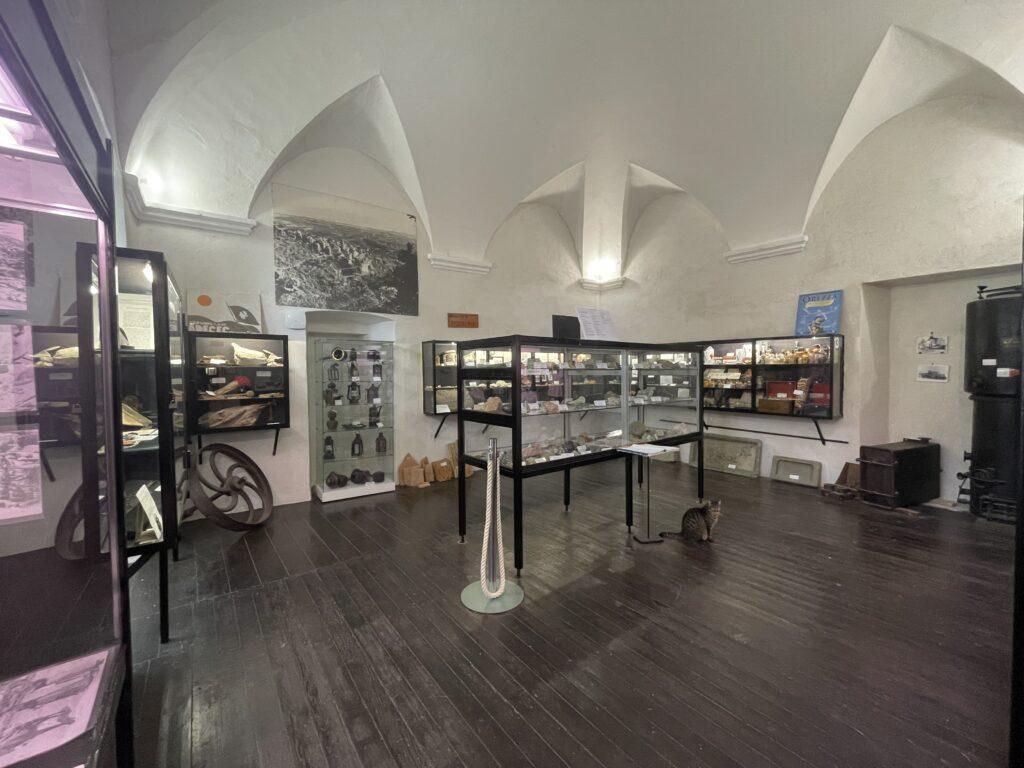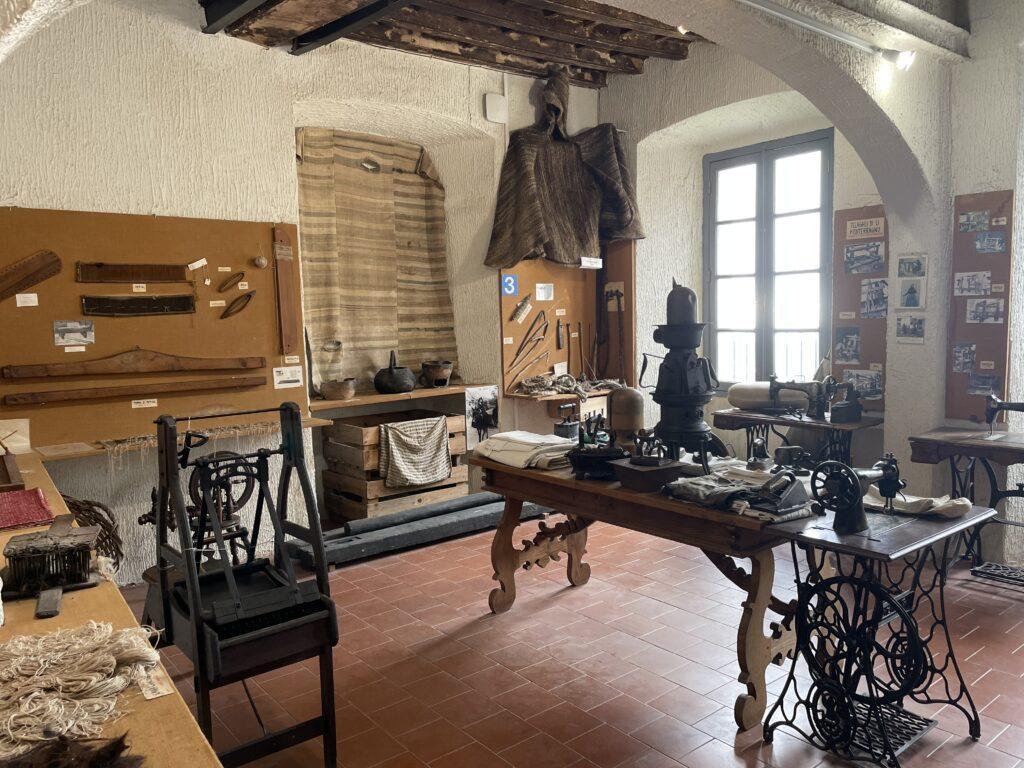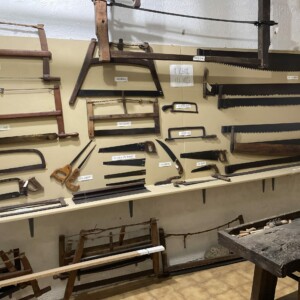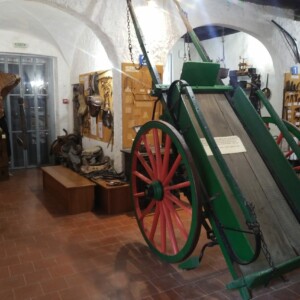Ethnographic Museum of Cervione, an immersion into old-time Corsica

Let’s take our time machine today and travel into old-time Corsica. The Ethnographic Museum of Cervione (Cervioni in Corsican) is not the most famous, nor the most imponent museum we have in Corsica. Yet, it is my favorite. It reflects perfectly what Corsica used to be and, in some ways, remains. A work of passion and dedication opened to everyone who seeks an authentic cultural experience.
The village of Cervione, the heart of local culture
We will take some time over the coming weeks to talk about the village of Cervioni. It deserves it. Situated on the northern-eastern part of the island, Cervioni dominates the Thyreneaan sea. The village is quite big compared to the others around, recognizable among every other for its interesting main church and the Christian cross planted on the mountain above. Cervioni holds a special place in Corsica for its history. This is where our first and only king ruled the island during his brief reign (we talked about him in this article about the Convent of Alesani). Cervioni is also a village with a strong identity, its people are deeply attached to their homeland. They are connected to those old and narrow carughji (which means “streets” in the Corsican language. This word finds its origin in the Genovese language, caruggi).

With such a strong identity, it is not a surprise that we find this ethnographic museum in Cervioni. It is the result of a long and intense work of a local association, the ADECEC. Created in 1970, its mission was the study of archeology, history, nature, and language in Center-East Corsica. The ADECEC published a lot of works, studies, and books which gave us a better understanding of our society. The association manages a radio station, Voce Nustrale (105.1 and 95.1 on the FM, if you’re nearby). The ADECEC opened a few years ago a Corsican linguistic bank/translator. This tool is very useful and very well-updated.
The Ethnographic Museum of Cervione “Anton Dumenicu Monte”
The “masterpiece” of the association is The Ethnographic Museum of Cervione “Anton Dumenicu Monte”. It is the name of a former junior high school teacher in Cervione, co-founder of the association, who dedicated a part of his life to the ADECEC. The museum is situated in the cloister of the Saint Erasmus Church, an edifice you can put in a possible “Top 20” of Corsican religious heritage.

The Ethnographic Museum of Cervione mainly shows objects from the XIXth and XXth centuries. Its 14 rooms are spread over 500m² and four levels. It is not obviously a huge museum, but I am sure you will be astonished to see so many interesting things in such a tiny place. Old tools used in agriculture, blacksmithing, apothecary, weaving, or simply everyday life are exposed. Most of these objects are donations from the people around and sometimes even from the other side of Corsica.

There is a real feeling of simplicity and authenticity in this museum. You feel like you are getting back in the past, in a way that is not “aseptic”. Besides old objects, we find a lot of minerals, a room dedicated to religious heritage, and even an interesting reproduction of the printing office of the 173rd infantry regiment. On the top floor, some objects are linked to the former King Theodore the First, some others remind the time when the train was passing nearby on its way from Bastia to Bonifacio.

Opening hours
The Ethnographic Museum of Cervione is open all year long, excluding Sundays and public holidays, from 9 am to 12 am and from 2 pm to 6 pm.
Rates
Under 12: free
From 13 to 16: 2,00€
Above 16: 5,00€
For groups (at least ten persons): 3,00€















